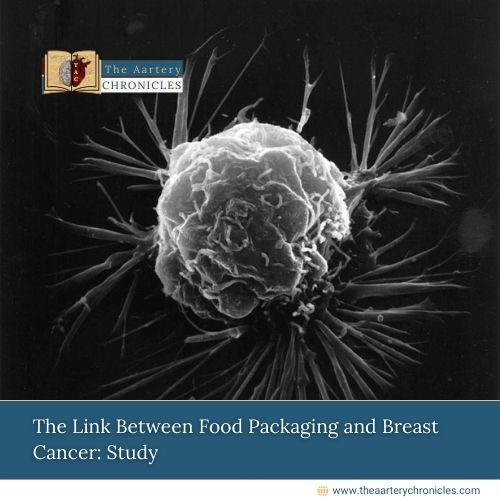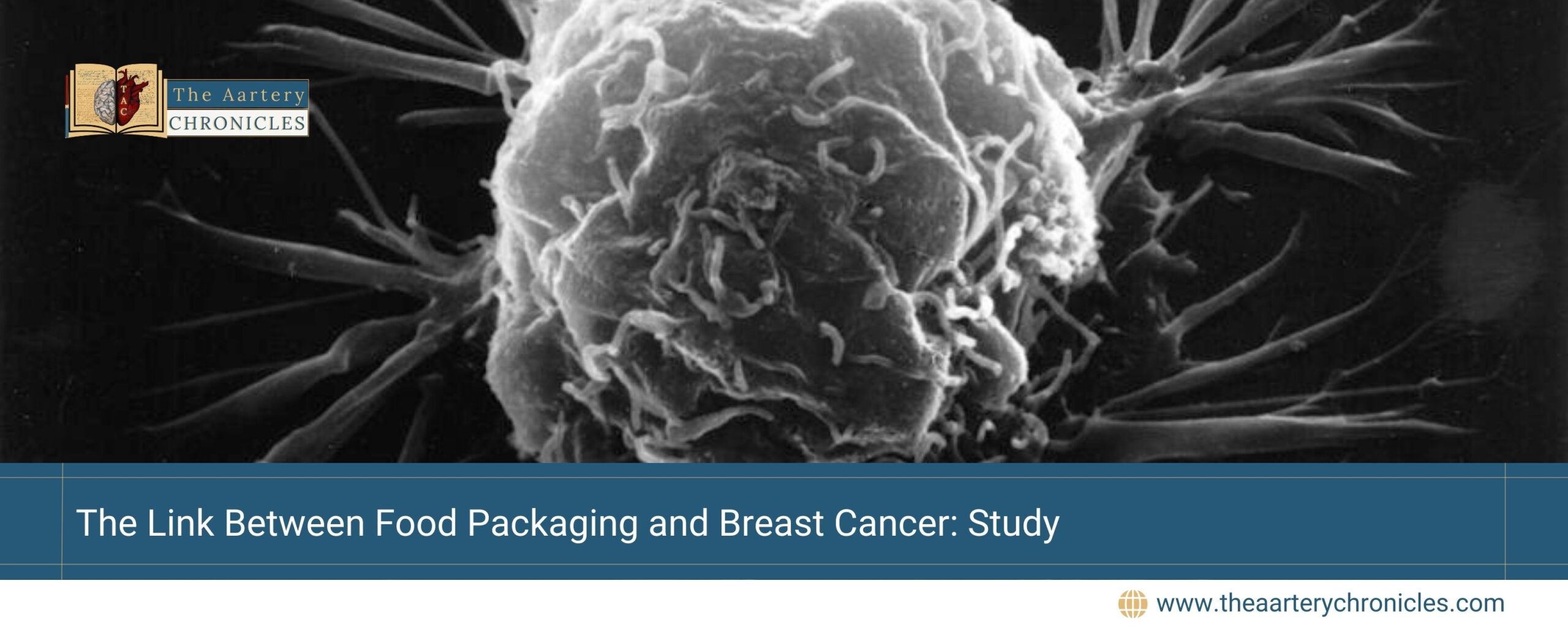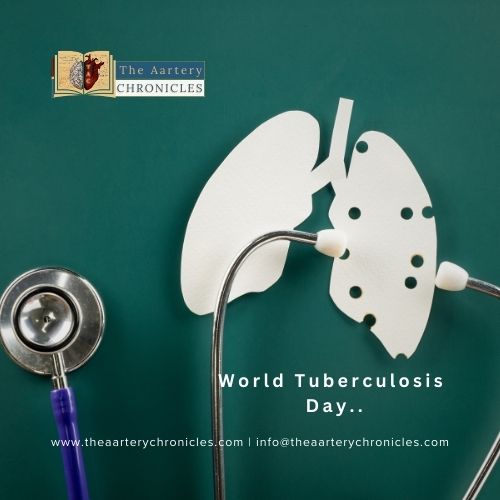

The Link Between Food Packaging and Breast Cancer: Study
Introduction
Breast cancer is a leading cause of death worldwide, with many cases and deaths going unreported. Various factors contribute to the development of breast cancer, and one significant factor is environmental exposure. A recent study, published in the journal Frontiers in Toxicology, has identified 189 chemicals linked to breast cancer in food contact materials (FCMs), such as packaging. These chemicals include harmful substances like PFAS, bisphenols, and phthalates.
Carcinogens in Food Packaging
The study revealed that humans are exposed to at least 76 of these potentially cancer-causing chemicals through their diet. According to the researchers, these substances are found in packaging materials used globally and can migrate into food during storage and use. This means that people are regularly exposed to these carcinogens, posing a significant public health risk.
The researchers stated that regular exposure to potential breast cancer-causing chemicals from food packaging is common for everyone. They emphasized that this presents a significant but overlooked chance to prevent the disease.
What Are Food Contact Materials (FCMs)?
Food contact materials are objects and substances that come into direct or indirect contact with food during its
- Production
- Processing
- Packaging
- Storage
- Consumption
This includes plastic, glass, metal, paper, and coatings. These materials are critical in protecting food from contamination and maintaining its quality. However, these materials mustn’t transfer harmful chemicals into food, so testing for chemical migration is necessary to ensure safety.
Chemicals of Concern in Packaging
The study identified 40 chemicals commonly found in food packaging that are considered hazardous.
- These chemicals have been flagged by several regulatory bodies for their carcinogenic properties, yet they continue to be used in packaging materials.
- The researchers stressed the importance of addressing these risks to reduce exposure to cancer-causing substances.
Why This Study Matters
This research is crucial because it highlights the ongoing risk posed by harmful chemicals in food packaging and the need for better regulation. The early onset of breast cancer, particularly in individuals under 40, is a growing concern. Genetic factors, such as mutations in the BRCA1 and BRCA2 genes, family history, and environmental factors all play a role in increasing the risk of breast cancer.
Early Detection and Prevention
Early detection through screening is vital in combating breast cancer. Understanding family history and being aware of risk factors can lead to earlier diagnosis and improved treatment options. Symptoms of breast cancer often include lumps or changes in the shape or appearance of the breast, and addressing these signs early can improve outcomes.
In conclusion, this study underscores the importance of removing harmful carcinogens from food packaging and increasing awareness of the environmental factors contributing to breast cancer.
Source: Inputs from various media Sources









